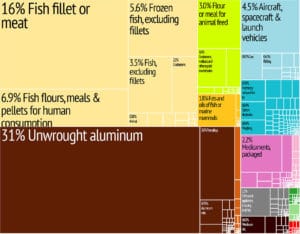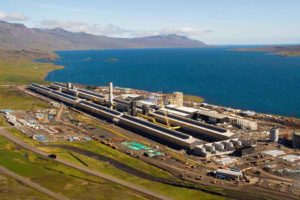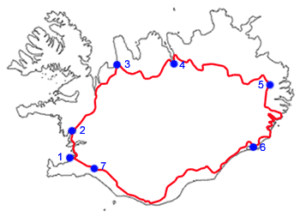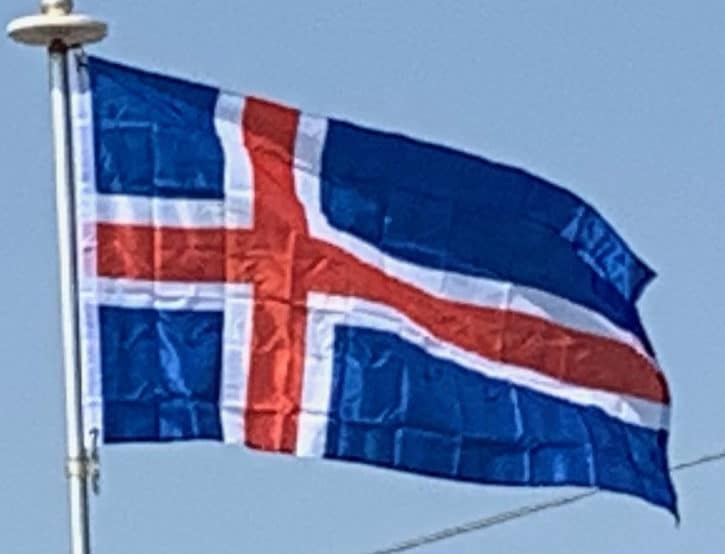
Until the 20th century, Iceland was a fairly poor country. It is now one of the most developed countries in the world. Strong economic growth had led Iceland to be ranked first in the United Nations’ Human Development Index report for 2007/2008, although in 2011 its HDI rating had fallen to 14th place as a result of the economic crisis. Nevertheless, according to the Economist Intelligence Index of 2011, Iceland has the 2nd highest quality of life in the world. Based on the Gini coefficient, Iceland also has one of the lowest rates of income inequality in the world, and when adjusted for inequality, its HDI ranking is 6th. Iceland’s unemployment rate has declined consistently since the crisis, with 4.8% of the labor force being unemployed as of June 2012, compared to 6% in 2011 and 8.1% in 2010.
Many political parties remain opposed to EU membership, primarily due to Icelanders’ concern about losing control over their natural resources (particularly fisheries). The national currency of Iceland is the Icelandic króna (ISK). Iceland is the only country in the world to have a population under two million yet still have a floating exchange rate and an independent monetary policy.
A poll released on 5 March 2010 by Capacent Gallup showed that 31% of respondents were in favor of adopting the euro and 69% opposed. Another Capacent Gallup poll conducted in February 2012 found that 67.4% of Icelanders would reject EU membership in a referendum.

Iceland’s economy has been diversifying into manufacturing and service industries in the last decade, including software production, biotechnology, and finance; industry accounts for around a quarter of economic activity, while services comprise close to 70%. The tourism sector is expanding, especially in ecotourism and whale-watching. On average, Iceland receives around 1.1 million visitors annually, which is more than three times the native population. 1.7 million people visited Iceland in 2016, 3 times more than the number that came in 2010. Iceland’s agriculture industry, accounting for 5.4% of GDP,[68] consists mainly of potatoes, green vegetables (in greenhouses), mutton and dairy products. The financial center is Borgartún in Reykjavík, which hosts a large number of companies and three investment banks. Iceland’s stock market, the Iceland Stock Exchange (ISE), was established in 1985.
Transportation:
Iceland has a high level of car ownership per capita; with a car for every 1.5 inhabitants; it is the main form of transport. Iceland has 13,034 km (8,099 mi) of administered roads, of which 4,617 km (2,869 mi) are paved and 8,338 km (5,181 mi) are not. A great number of roads remain unpaved, mostly little-used rural roads. The road speed limits are 30 km/h (19 mph) and 50 km/h (31 mph) in towns, 80 km/h (50 mph) on gravel country roads and 90 km/h (56 mph) on hard-surfaced roads.

Route 1, or the Ring Road (Icelandic: Þjóðvegur 1 or Hringvegur), was completed in 1974, and is a main road that runs around Iceland and connects all the inhabited parts of the island, with the interior of the island being uninhabited. This paved road is 1,332 km (828 mi) long with one lane in each direction, except near larger towns and cities and in the Hvalfjörður Tunnel where it has more lanes. Many bridges on it, especially in the north and east, are single lane and made of timber and/or steel.
